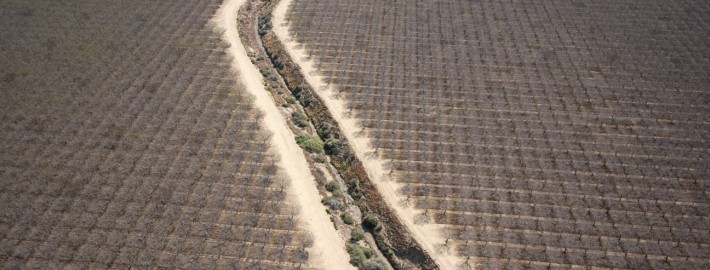California Water Year 2014 Among Driest Years on Record
California’s water year 2014 – which ended Sept. 30 – will go down as one of the driest years in the state’s recorded history, resulting in a dismally low 5% of water deliveries from the State Water Project and thousands of acres of cropland idled, according to newly released figures from the California Department of Water Resources.
Water year 2014 is ending with less than 60% of average precipitation and is the third consecutive year the state has battled record low precipitation. It is the fourth driest year on record exceeded only by 1977, 1924 and 1931. As a result of the lack of rain, on Sept.1 the state’s major reservoirs collectively held only 57% of average storage for the date, or about 36% of capacity, according to DWR figures.
Forecasts are unclear as to whether 2015 will bring more rain. The federally run Central Valley Project has reduced deliveries down to zero for some junior rights holders.
“The immediate certainty is that day-to-day conservation – wise, sparing use of water – is essential as we face the possibility of a fourth dry winter,” DWR Director Mark Cowin said in a prepared statement.
Gov. Jerry Brown declared a drought state of emergency in January and called for a 20% reduction in water use. Water agencies up and down the state have responded to the call for conservation, adopting mandatory water restrictions and ramping up their conservation messaging. Many communities have exceeded the 20% reduction in water usage over last year’s figures.
Still, some communities are scrambling for drinking water and on September 19, the Governor streamlined the delivery of water to families in need.
Many experts believe the deepening drought has increased the severity of the fire season, with fires spreading more rapidly and farther due to dry conditions.
Officials with DWR note that while cumulative reservoir storage in 1977 – California’s driest year on record – was approximately five million acre-feet less than today, the state’s population has increased dramatically since that time so the state’s water now must serve far more people.
DWR and the Association of California Water Agencies urge all Californians to conserve water by following the advice and tips found at http://SaveOurWater.com.
DWR’s California Data Exchange Center websites show current water conditions at the state’s largest reservoirs and weather stations.



Follow Us!